- News
- Reviews
- Bikes
- Accessories
- Accessories - misc
- Computer mounts
- Bags
- Bar ends
- Bike bags & cases
- Bottle cages
- Bottles
- Cameras
- Car racks
- Child seats
- Computers
- Glasses
- GPS units
- Helmets
- Lights - front
- Lights - rear
- Lights - sets
- Locks
- Mirrors
- Mudguards
- Racks
- Pumps & CO2 inflators
- Puncture kits
- Reflectives
- Smart watches
- Stands and racks
- Trailers
- Clothing
- Components
- Bar tape & grips
- Bottom brackets
- Brake & gear cables
- Brake & STI levers
- Brake pads & spares
- Brakes
- Cassettes & freewheels
- Chains
- Chainsets & chainrings
- Derailleurs - front
- Derailleurs - rear
- Forks
- Gear levers & shifters
- Groupsets
- Handlebars & extensions
- Headsets
- Hubs
- Inner tubes
- Pedals
- Quick releases & skewers
- Saddles
- Seatposts
- Stems
- Wheels
- Tyres
- Health, fitness and nutrition
- Tools and workshop
- Miscellaneous
- Buyers Guides
- Features
- Forum
- Recommends
- Podcast
review
 2023 Polar Vantage V3 - face 1.jpg
2023 Polar Vantage V3 - face 1.jpg£519.00
VERDICT:
Highly accurate GPS multi-sports smartwatch but comes with a high price tag
Bright, reactive Amoled screen
Fits really well and comes with smaller wrist strap
Excellent GPS and HRM accuracy
Plenty of sport profiles to choose from
Battery life isn't the best
Mapping is very basic
Screen activation can be awkward
Weight:
55g
Contact:
At road.cc every product is thoroughly tested for as long as it takes to get a proper insight into how well it works. Our reviewers are experienced cyclists that we trust to be objective. While we strive to ensure that opinions expressed are backed up by facts, reviews are by their nature an informed opinion, not a definitive verdict. We don't intentionally try to break anything (except locks) but we do try to look for weak points in any design. The overall score is not just an average of the other scores: it reflects both a product's function and value – with value determined by how a product compares with items of similar spec, quality, and price.
What the road.cc scores meanGood scores are more common than bad, because fortunately good products are more common than bad.
- Exceptional
- Excellent
- Very Good
- Good
- Quite good
- Average
- Not so good
- Poor
- Bad
- Appalling
The Polar Vantage V3 is a multi-sports smartwatch, and the first of Polar's recent watches to come with an Amoled screen. It's packed full of different sport modes to use, as well as fitness and health metrics, but it lacks a little something for cycling-specific use. As an overall smartwatch, it's sleek and functional, but the price could be offputting.
Smartwatches can be a great alternative if you want something less specific than a cycling head unit, particularly if you perhaps don't consider yourself 'only' a cyclist, and want something that will be useful for logging runs and keeping on top of your overall health.
The Vantage V3 is Polar's latest sports watch and it's visually very pleasing. It's light at 57g including the strap (just 5g heavier than Garmin's premium Forerunner 955 Solar), and it's evident Polar has really tried to catch up with its competitors. But what makes it stand out from the rest, and what is it like for cyclists?
The screen
The Vantage V3 comes with a 47mm-wide screen, which feels pretty standard. I have quite a small wrist (it's not mine in the photos!) so I think anything bigger would feel overbearing, but this seemed just right. To activate the screen, you can choose between touching one of the buttons (of which there are five), or tilting your wrist so it recognises you want to look at it.
I actually found it required quite an exaggerated motion, but watching other people use it, it might just be a 'me' or small wrist problem. The Amoled display is excellent; it's clear and the colours are bright enough to be used even in sunny weather.
You can choose between having the display 'always on', or not. I like being able to see the time without having to flick my wrist or press a button, so I kept it on always on, which naturally had an impact on the battery life.
I found the touchscreen responsiveness to be excellent, although you can also use the buttons on the side of the watch if that's more your thing. The only thing I perhaps would have liked to see is similar to what the Garmin watches do, in that by tapping the screen you can turn it on and see your notifications or the time. I'll admit, when I'm riding I usually do this with my nose if I have gloves on – but it would be nice to see something similar from Polar.
The home display, aka the watch face, can be customised. Not in the same way that you can download watch faces like you can with Garmin watches, but you can choose from different widgets like the weather, your step count and so on.
Health monitoring
The Vantage V3 gives you a lot of information at your fingertips. It doesn't go really deep into detail of these things, but I suspect for the casual smartwatch user and not the athletes among us, that more than suffices.
Some of the features include ECG readings, which you can take by putting your finger to the top left button for 30 seconds while it records your heart beat. Whether this is of any medical use, I can't really say.
After a workout, or just to see how you're getting on, you can also swipe through the screens and tap on the Cardio load status screen. This works in a similar way to a Garmin and tells you how productive your workouts have been on impacting your fitness. But this is as in-depth as it goes – it doesn't stack up to more insightful features from competitors like Garmin, which on its displays (on the watch) showcase a chart so you can compare how you're training and progressing.
Polar has focused a lot of resources into tracking your sleep in the Vantage V3. For example, not only does it track when you slept, but it also has features like 'Nightly Recharge' which tells you how well you slept. 'Boost from sleep' is another feature, and this shows when you have the most energy during the day. I took these things with a pinch of salt because I'm a terrible sleeper, but it seemed to think I should feel far more rested than I should.
It also tracks your nightly skin temperature – something I used as evidence to tell my partner the heating was on too high. Whether or not he believed me or the watch is another thing, but overall the sleep tracking felt pretty accurate (in terms of time asleep or at least in bed).
Battery life and charging
Charging the device is done via the proprietary Polar charger. This attaches via magnets to the back of the device, and the other end of the cable is a USB-C attachment. I found the position of the cable could be a little temperamental. There were a few times where I'd leave it to charge, come back a few hours later and it hadn't budged because the magnets weren't quite sitting perfectly. It takes a couple of hours to charge fully, but the drain is extremely dependent on what you use the watch for.
Polar claims you can get up to eight days of battery life when you have it in 'screen off' mode, or up to five days in 'always on' mode. When you start using the GPS, Polar claims you'll get up to 42 hours of battery life, depending on several factors, such as how accurate and frequently you have the GPS settings on.
I found I was getting roughly four to five days of battery with light usage of the watch. By this I mean the occasional run and usually an hour of cycling (indoor or outdoor) a day. I was adding on my dog walks to begin with as well, but after a while I noticed it was contributing to the battery drain so just left them as an unknown, judged entirely by the energy levels of my dog at the end of the walk.
What’s it like for cycling?
Firstly, I think it's unwise to suggest it's an out and out cycling watch – it's described as a multisport watch, and I think that's what it does best. Jack of all trades, master of none. There are plenty of different activities to choose from and add to your favourites, from yoga to electric bike riding, so it's catering to all kinds of athletes here.
I appreciated the different segmentation of cycling disciplines, like indoor riding, road riding and electric bike riding. I ride a lot of e-bikes, and one thing that bugs me if I track a ride is that I have to go into Strava and change it from a road ride to an e-bike ride, lest the roadies smite me with a flag. But with the Vantage V3 it does it automatically. Time saved, roadies happy.
You get the usual data metrics as visual aids on the screens: speed, distance, power, HR and so on, and these can all be customised (maximum four data fields per screen) via the Polar Flow app.
The heart rate monitor (HRM) is obviously wrist-based, and I think they sometimes get a bad rap compared with chest-mounted options. If you don't have a Bluetooth chest strap HRM then you're going to have to rely on the wrist-based option, so it's a good thing it's accurate.
Comparing it on a couple of indoor rides on the turbo, using the wrist-based HRM it was far smoother, so a little more delayed to rises and decreases than with the chest-mounted HRM. But over a short 20-minute test session, it said my max was 173 and average 155, while the Garmin/Zwift had a max of 174 and 158. Overall I found it to be pretty accurate and I didn't see any massive differences in comparison.
The app connects easily with third-party apps like Komoot, Strava and TrainingPeaks so you can get your rides to automatically sync to these and keep your stats up to date. It's not laden with cycling features, so if you want something more detailed I'd suggest going for a dedicated cycling computer. But if you just want something to log the miles with reasonable accuracy, it's a decent option.
Maps
Us cyclists love a good map. Whether it's a physical one or digital, it's just nice to know where we're going. The mapping feature on the Vantage V3 is functional, but not laden with features. It was simple enough to add a route to the watch – I created the route on a third-party mapping app, and exported the GPX file to the Polar Flow web app via the Favourites tab. From there, simply sync your watch to the app and you'll find it in your routes list.
> How to plan the perfect cycle route
When following the route, it's very basic. There are no directional cues on the screen, so it's literally just you following a blue line and hoping you're heading the correct way.
Something else I noticed – and this might not be a big deal to all – but unless you are following a route, the map doesn't leave a breadcrumb trail. Which means if you get a bit lost, you can't look at your watch map and check which way you came; this might be a bit more apt for off-road users than roadies, but it's still a useful tool to have at your fingertips if you're prone to getting lost.
Value
Bearing in mind the Polar Vantage V3 doesn't have solar power technology, and pretty basic maps, it's on the pricey side of things. Compared with something like the Garmin Forerunner Solar 955 (tested by Ben last year), which costs just £30 more, and is more heavily laden with features, it's not exactly brilliant value.
The Amoled screen adds to the price, but the Forerunner 265 – also tested by Ben, earlier this year – is almost £100 cheaper and has many of the same features.
Only the seriously premium, hardcore athlete watches are more expensive than the Vantage V3, and I'm not sure if the price is representative of the tech.
Conclusion
Overall, the Polar Vantage V3 has a lot going for it. It's sleek, it's fast, and it's accurate. The battery life could be better, and if you're training plenty of hours a week you'll be plugging it in every couple of days. That said, it's an attractive proposition if you want a premium smartwatch and an overall picture of your health and sleep data.
Verdict
Highly accurate GPS multi-sports smartwatch but comes with a high price tag
road.cc test report
Make and model: Polar Vantage V3
Size tested: One Size
Tell us what the product is for and who it's aimed at. What do the manufacturers say about it? How does that compare to your own feelings about it?
Polar says: 'An ensemble of biosensing instruments, AMOLED display, dual-frequency GPS, maps, and the most comprehensive suite of training and recovery tools on the market. The stage is set, and the Polar Vantage V3 smart sports watch is ready to put in the performance of a lifetime.'
Tell us some more about the technical aspects of the product?
Polar lists:
HR Sensor Mode
Global Navigation Satellite Systems
Turn-by-Turn Guidance powered by komoot
Track Back
Hill Splitter™
Route & Elevation Profiles
Route Guidance
Back to Start
Maps
Ultra-Long Battery Life
Elixir™
Dual-Frequency GPS
SleepWise™
Nightly Recharge™
Sleep Plus Stages™
Nightly Skin Temperature
Serene™
Training Load Pro™
Energy Sources
Wrist-Based Running Power
FitSpark®
FuelWise™
Weekly Summary
Swimming Metrics
Running Programme
Step Count
Season Planner
Training Targets
Voice guidance
Work-Rest Guide
Recovery Pro™
Altimeter
Polar Flow
Music Controls
24/7 Activity Tracking
Rate the product for quality of construction:
9/10
Rate the product for performance:
8/10
Rate the product for durability:
9/10
No scratches on the screen evident and no wearing of the button pads. The watch strap also looks brand new after a month of daily use.
Rate the product for weight (if applicable)
10/10
Rate the product for comfort (if applicable)
10/10
Easy to forget it's there, and my skin hasn't had a reaction to the band which is always a bonus.
Rate the product for value:
4/10
It seems expensive compared with more feature-laden watches that don't cost that much more (the Garmin Forerunner 955 Solar).
Tell us how the product performed overall when used for its designed purpose
The GPS and HRM accuracy are both excellent. Compared to rides using chest-mounted HRMs and my Garmin cycling computer, they were pretty negligible in difference. The battery life could be a concern if you train many hours a week.
Tell us what you particularly liked about the product
It's incredibly lightweight and hi-tech. I love all the different sports profiles you can use, it's not just a cycling watch but something I'd wear all the time as the metrics on health and sleep are quite interesting.
Tell us what you particularly disliked about the product
The fact that I had to keep tilting my wrist a ridiculous amount to get the screen to turn on.
How does the price compare to that of similar products in the market, including ones recently tested on road.cc?
It's rather expensive; the Garmin Forerunners are probably the most similar watches in price and features. The Forerunner 955 costs £549.99, which is £30 more but comes with solar charging and more recovery stats. The Forerunner 265, its newer but less feature-laden sibling, is almost £100 cheaper and certainly represents better value.
Did you enjoy using the product? Yes
Would you consider buying the product? Yes
Would you recommend the product to a friend? Yes
Use this box to explain your overall score
There are plenty of features to attempt to justify the price of this watch, including ECG monitoring, sleep data and skin temperature readings. But where it needs improvement is the battery life and the mapping – if it's to be a genuine contender for replacing a cycling computer.
About the tester
Age: 29
I usually ride: Trek Émonda My best bike is:
I've been riding for: 5-10 years I ride: Most days I would class myself as: Expert
I regularly do the following types of riding: road racing, time trialling, sportives, general fitness riding, mtb,

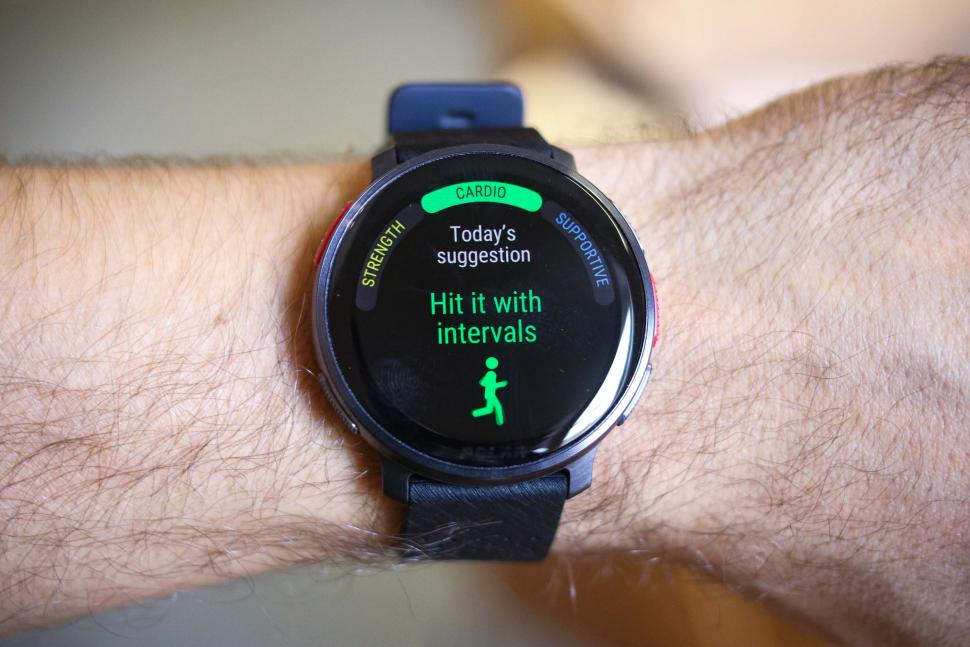
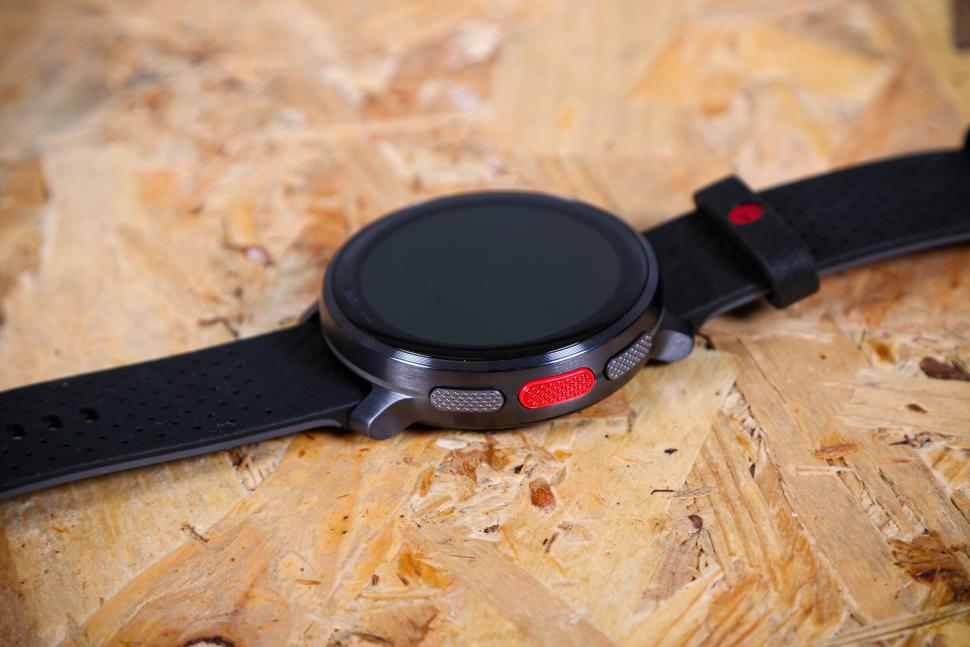
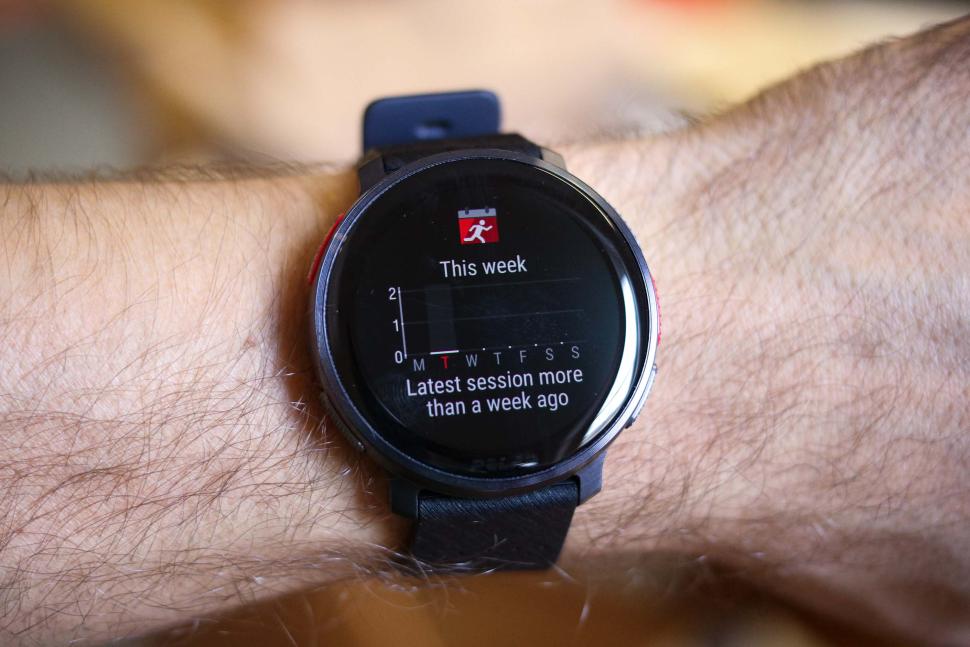

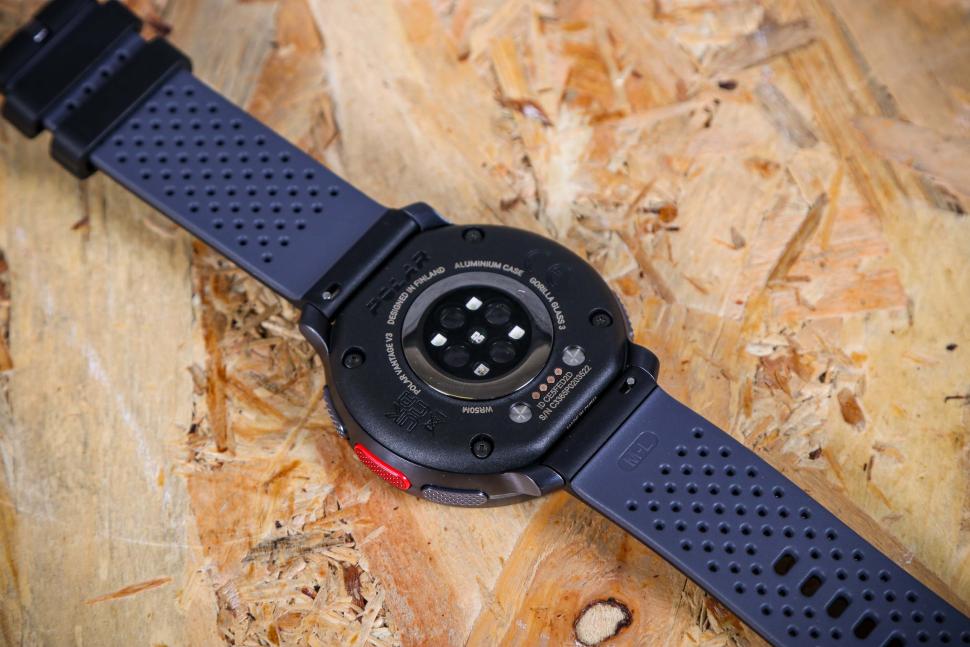
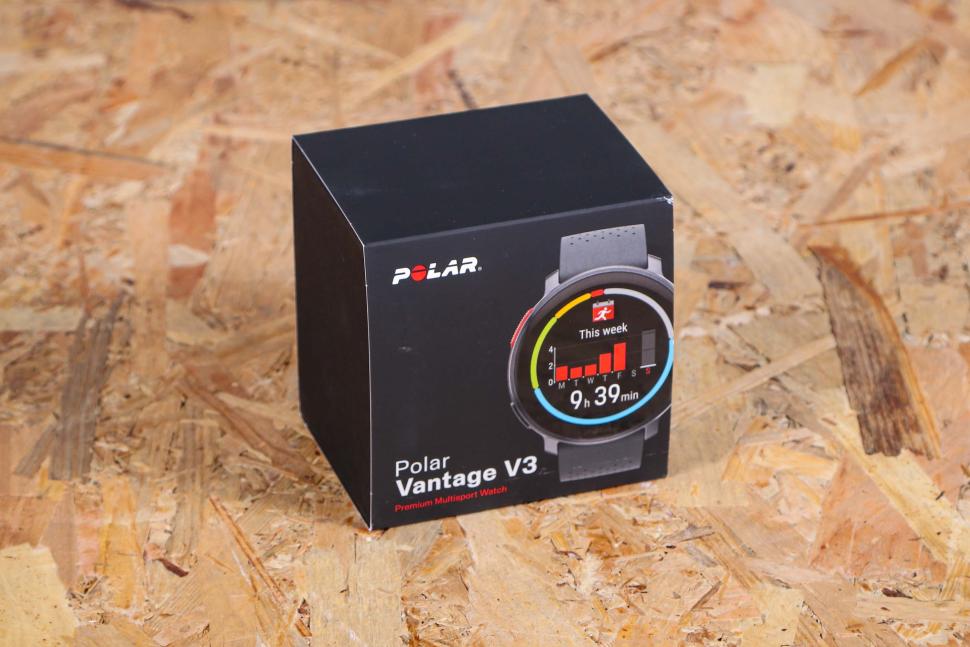
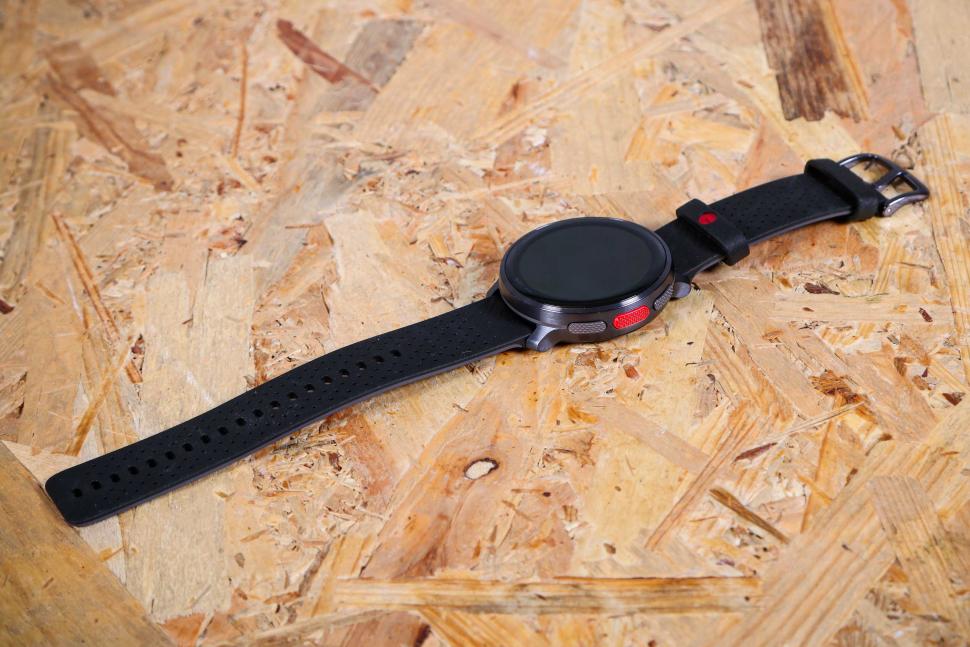
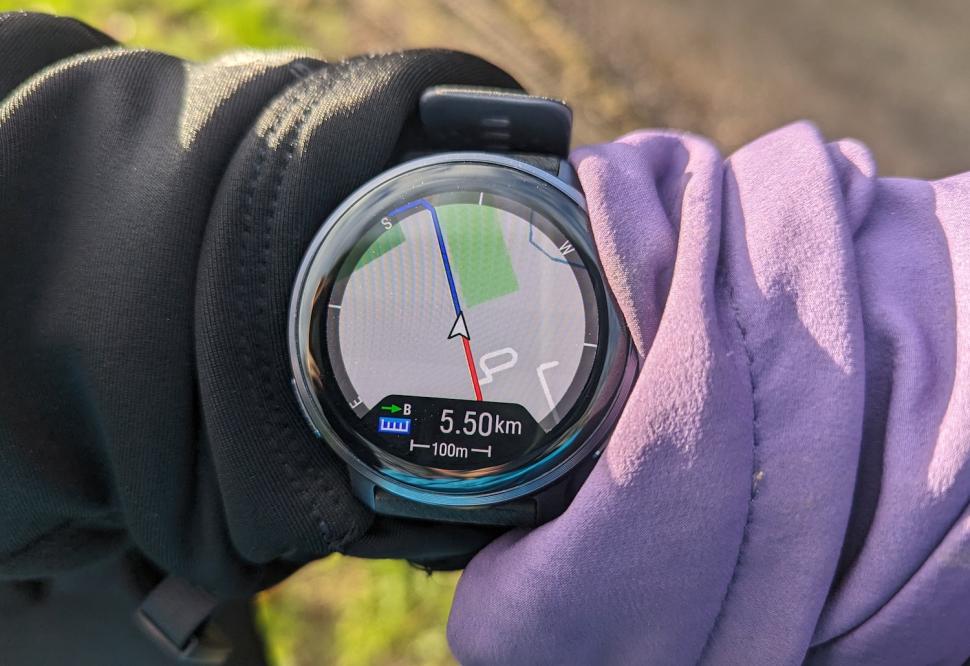
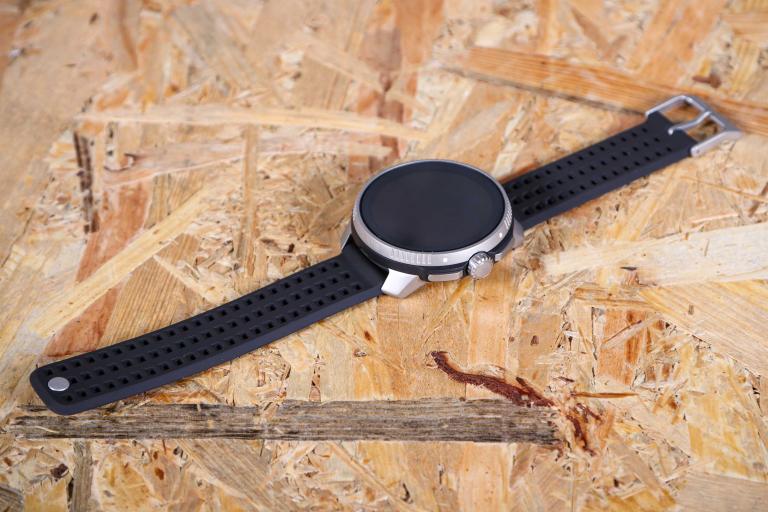

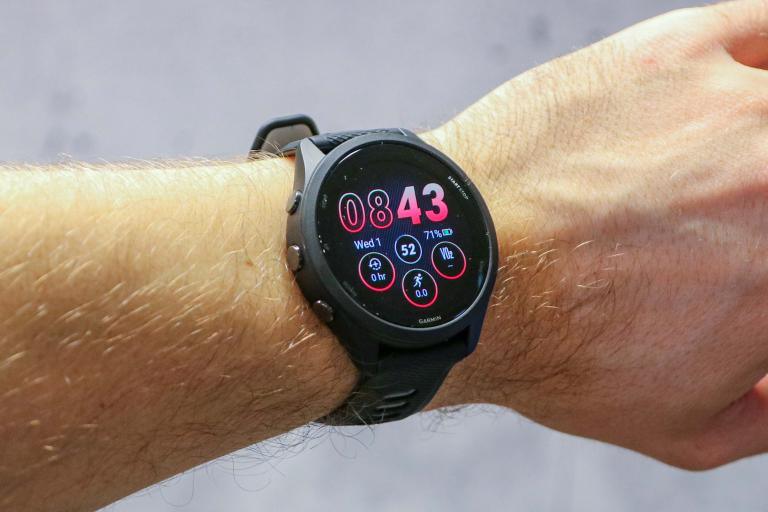
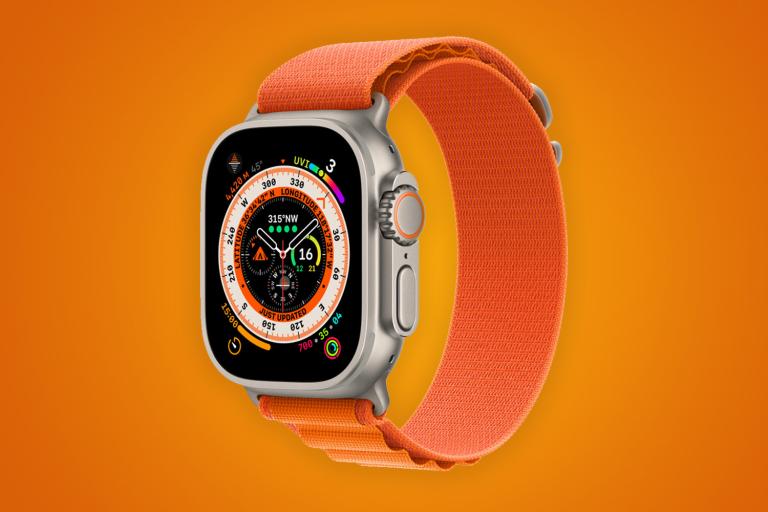
I'm missing the point, aren't I?
I thought it was a deer. I thought it was a sack of potatoes.
Sir Liam fox. Please show due deference to our betters.
You think that's bad? I had to wait behind an inferior car and, worse, a bus.
Peppa Pog 🤣 Adwitiya, you have won the internet today
If you're searching for a different experience, one where the visuals on-screen come from Google Street view, check out drumuri.bike. Runs within a...
Bigger wheels are faster I hear?
I'm not confortable with the 'evil' description either. I'm also prepared to accept a custodial sentence may not have been appropriate. However, it...
How the f*** am I being obtuce? Because I'm thinking critically? ...
I wonder if that nice Mr Mark Harper, secretary of state for transport, would like to have a discussion/poll about whether cyclists think these...